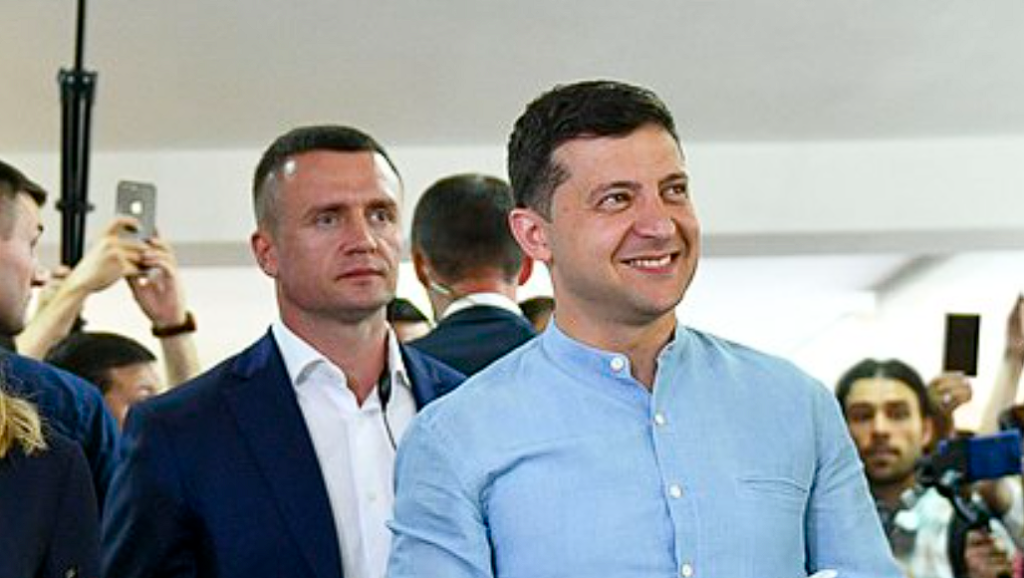It may seem odd to laugh about losing a top-secret defense system, but there’s a good reason why the Ukrainians aren’t upset about it.
Others are reading now
When a Russian spotter drone identified a high-tech air defense system peeking out from the trees in southern Ukraine, it seemed like a significant win for Moscow.
The system, a £120 million German-donated Iris-T SLM, appeared to be poorly concealed despite camouflage efforts. A Lancet kamikaze drone was promptly dispatched, turning the air defense system into a fireball of shrapnel. But was it really a victory for Russia?
The art of deception: Ukraine’s masterstroke
Ukraine has adopted “Maskirovka,” a strategy rooted in Soviet military planning that involves denial, disinformation, and deception.
Also read
In a twist of irony, Ukraine is now using this strategy against Russia, deploying dummy targets to trick Russian forces into wasting valuable resources. The destroyed Iris-T SLM was, in fact, a decoy.
Ukraine has been scattering fake military assets, including versions of American Himars rocket launchers, M777 artillery howitzers, and Leopard 2 tanks, across the front lines.
These decoys are made from materials as basic as wood, cardboard, and scrap metal, and some are even inflatable. From the sky, they look convincing enough to fool Russian drone operators into thinking they’ve discovered a high-value target.
Metinvest, a Ukrainian firm, is the primary producer of these decoys. Initially, these fakes were deployed to compensate for a lack of weapons from Western allies.
Now, they serve to drain Russia’s arsenal of long-range munitions, which are becoming increasingly difficult for Moscow to replace.
The cost of creating one of these decoys is around £800, a fraction of the millions spent on actual military equipment and the munitions used to destroy them.
While Ukraine would prefer Russia to believe they’ve destroyed actual military assets, the frequent appearance of these decoys in news reports and social media has made it difficult to maintain the facade entirely.
Nonetheless, Ukraine considers the strategy a success. “They [Russians] feel happy that they’ve destroyed our kit, but in reality, the kit is not damaged,” said a Ukrainian source.
In this high-stakes game of smoke and mirrors, Ukraine seems to be having the last laugh, turning Russia’s own tactics against them and proving that in modern warfare, deception can be just as powerful as firepower.


